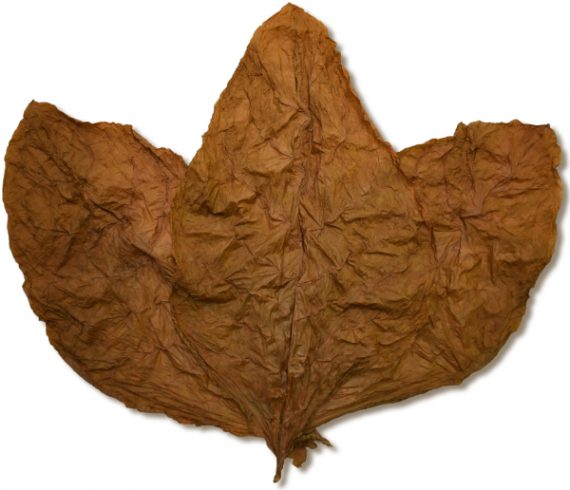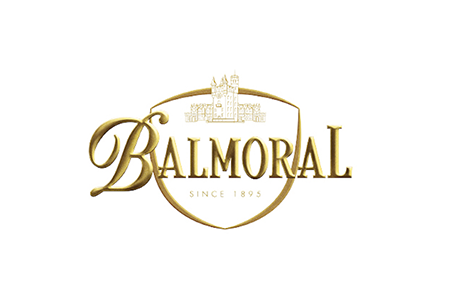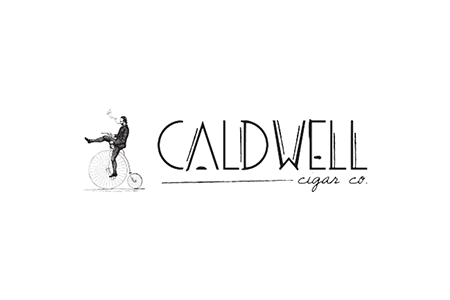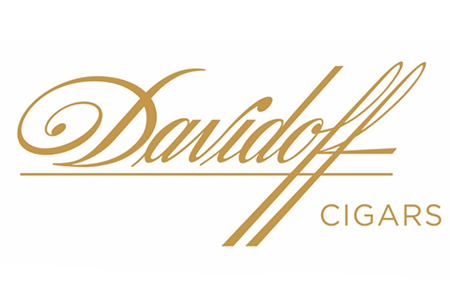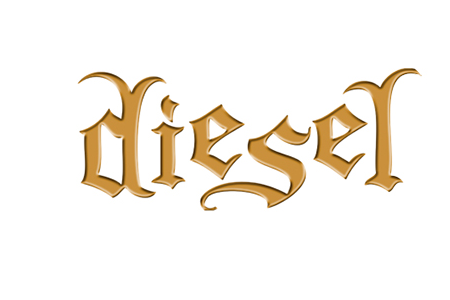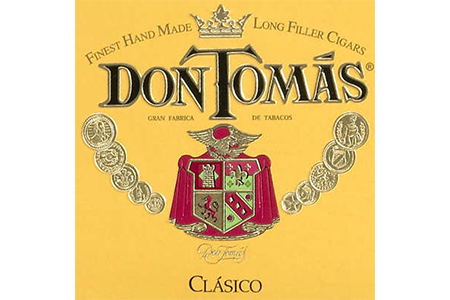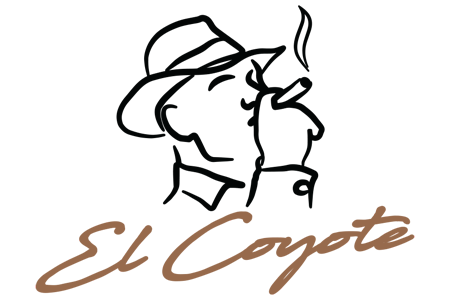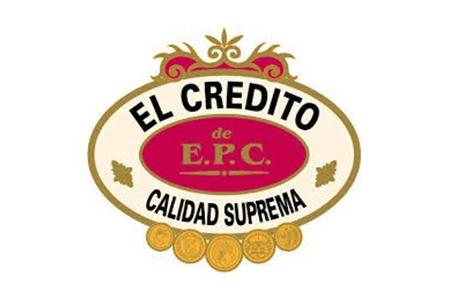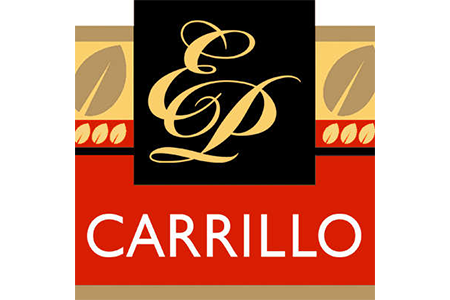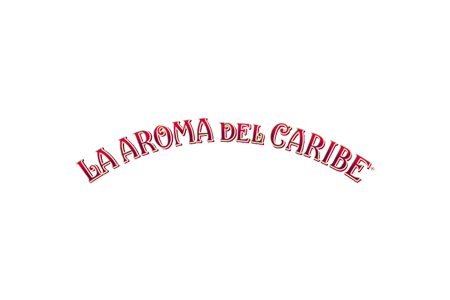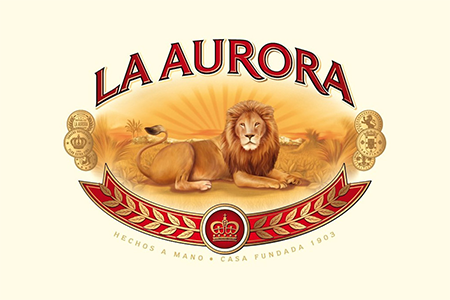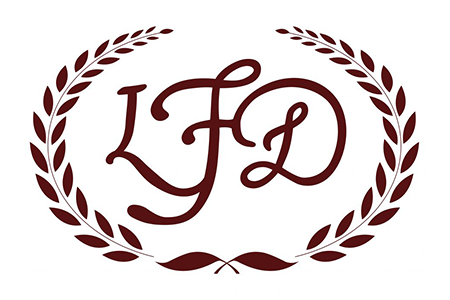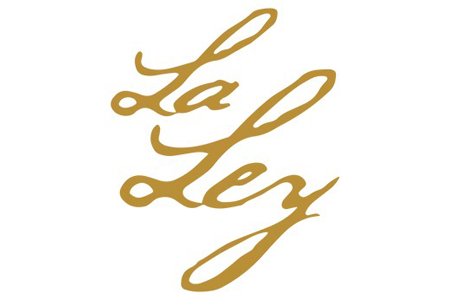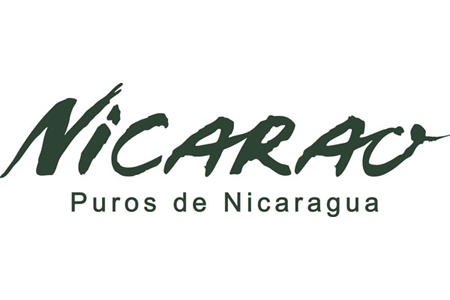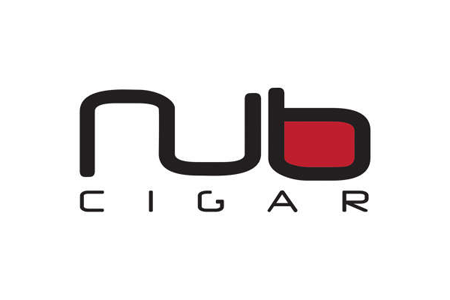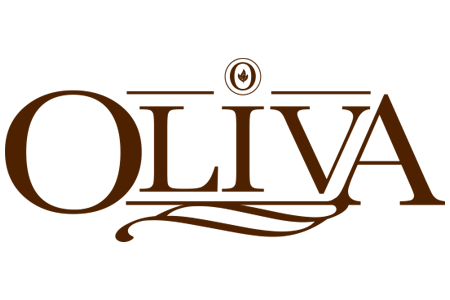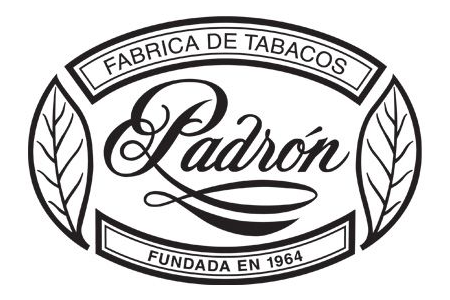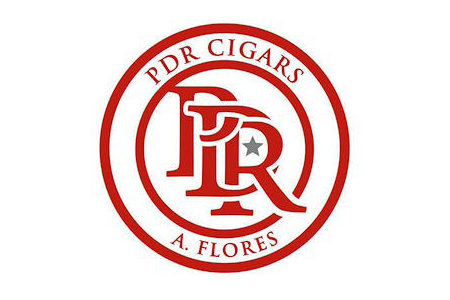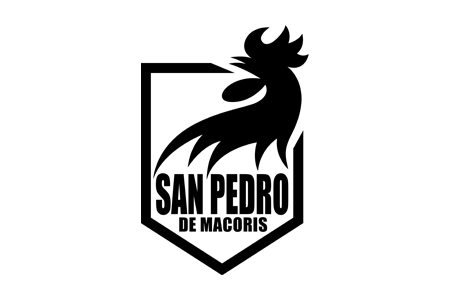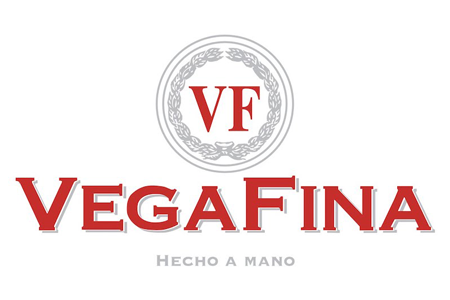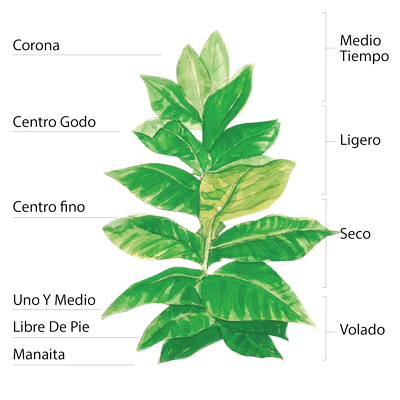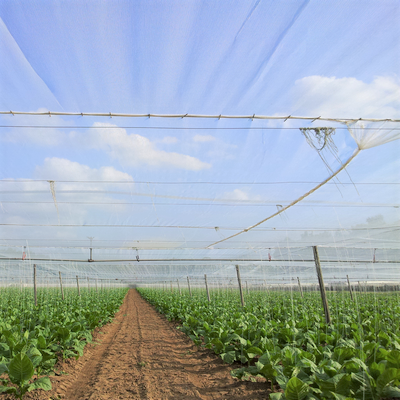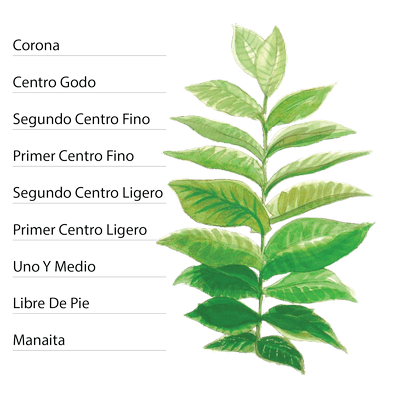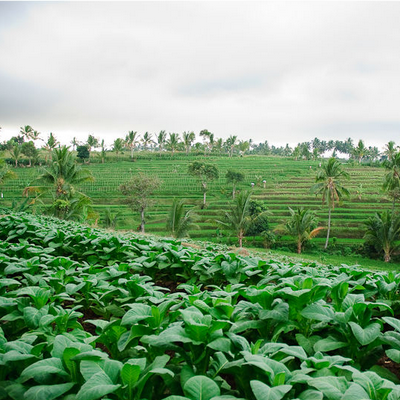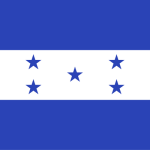WHERE TOBACCO IS GROWN
Nowhere in the world grows tobacco better than Cuba. But even here, only a few selected Vegas –‘plantations ‘ are judged good enough to grow the tobacco for Habanos.
There are four main tobacco growing regions in Cuba and within just two of these,
Pinar del Rio and Partido, there are a select number of zones that house districts prized above all others for the quality of their harvest. The finest of these are known as vegas de primera –‘first class fields’ and it is on these precious acres that tobacco worthy of making Havana cigars is grown.
The oldest cigar factory still operating in the Dominican Republic is La Aurora, S.A., in Santiago, the center of cigar production in this country. Other major brands like Arturo Fuente, Davidoff, La Flor Dominicana, and La Gloria Cubana also have factories in or near Santiago.
Dominican Republic’s highly fertile soil, varied weather, and ecological biodiversity make it one of the best countries in the world for tobacco growth.
When the cigar industry in Cuba moved to be owned by the state, many farmers and producers looked to other nations as places to grow and source tobacco, with the Dominican Republic coming out as a great alternative.
The primary source of tobacco in the Domincan Republic is the rich and fertile Cibao Valley.
There are three traditional types of tobacco grown in the Cibao valley; Olor Domicano, Piloto Cubano and San Vicente.
Honduras shares a southern border with Nicaragua. On both sides of that border, some of the world’s best tobacco is grown. When Nicaragua’s civil war was raging in the 1970s, Honduras became a refuge for cigar makers from Nicaragua.
For many years, Honduras produced mild-ish cigars, mimicking many of the popular Cubans. Today, cigars from Honduras occupy every level of flavor, having joined the trend toward stronger cigars.
The types of cigar tobacco grown in Honduras are mostly Cuban seed. Both Cuban criollo and shade grown corojo are cultivated for their strong heady flavor. Both require careful fermentation and curing to mellow the tobacco.
There are three areas for tobacco cultivation and cigar manufacturing; Danli in El Paraiso, Jamastran and Talanga Valley.
The story of Nicaraguan cigars is a dramatic one. Today some of the best cigars in the world are coming from Nicaraguan fields, but it hasn’t always been easy for the vegueros and cigar producers of this small Central American country.
The cigar industry in Nicaragua began in the late 1950’s when the
Cuban cigar industry was nationalized by Fidel Castro.
There are four major tobacco growing regions in Nicaragua — Esteli, Condega, Jalapa and Ometepe. Each of these regions possess different soil and climatic conditions which give its tobacco varying characteristics.
GROWING THE TOBACCO
We can distinct two forms of cultivation to produce the different types of leaf required for filler, binder and wrapper, shade-grown and sun-grown.
The filler and binders leaves are grown under sun, so that they can develop variety of flavors, rich and complex taste.
Wrapper leaves are grown in tapado - 'shade-grown' fields covered by muslin cloth. These cover filter the sunlight and traps the heat so that the leaves are able to grow larger and finer.
Work starts in June and July, and continues nine months. Around 40 days after planting out, the harvest can begin. Each leaf must be picked by hand. Only two or three leaves can be taken at a time, with days to wait between each picking. The harvesting of a single plant takes close to 30 days to complete. The harvested leaves are taken to the farmer’s barn for air curing. The leaves will also undergo fermentations, sortings, classifications, ageing – many months, and in some cases years will pass before the leaf is ready to make a cigar.
TOBACCO TYPE
